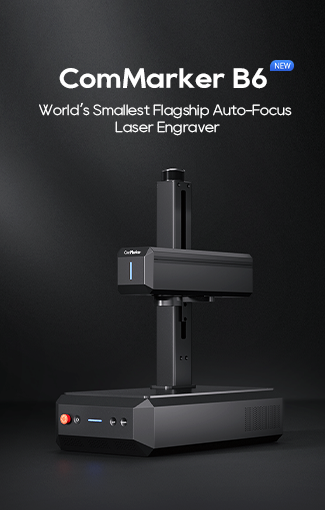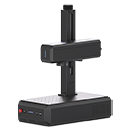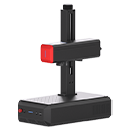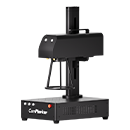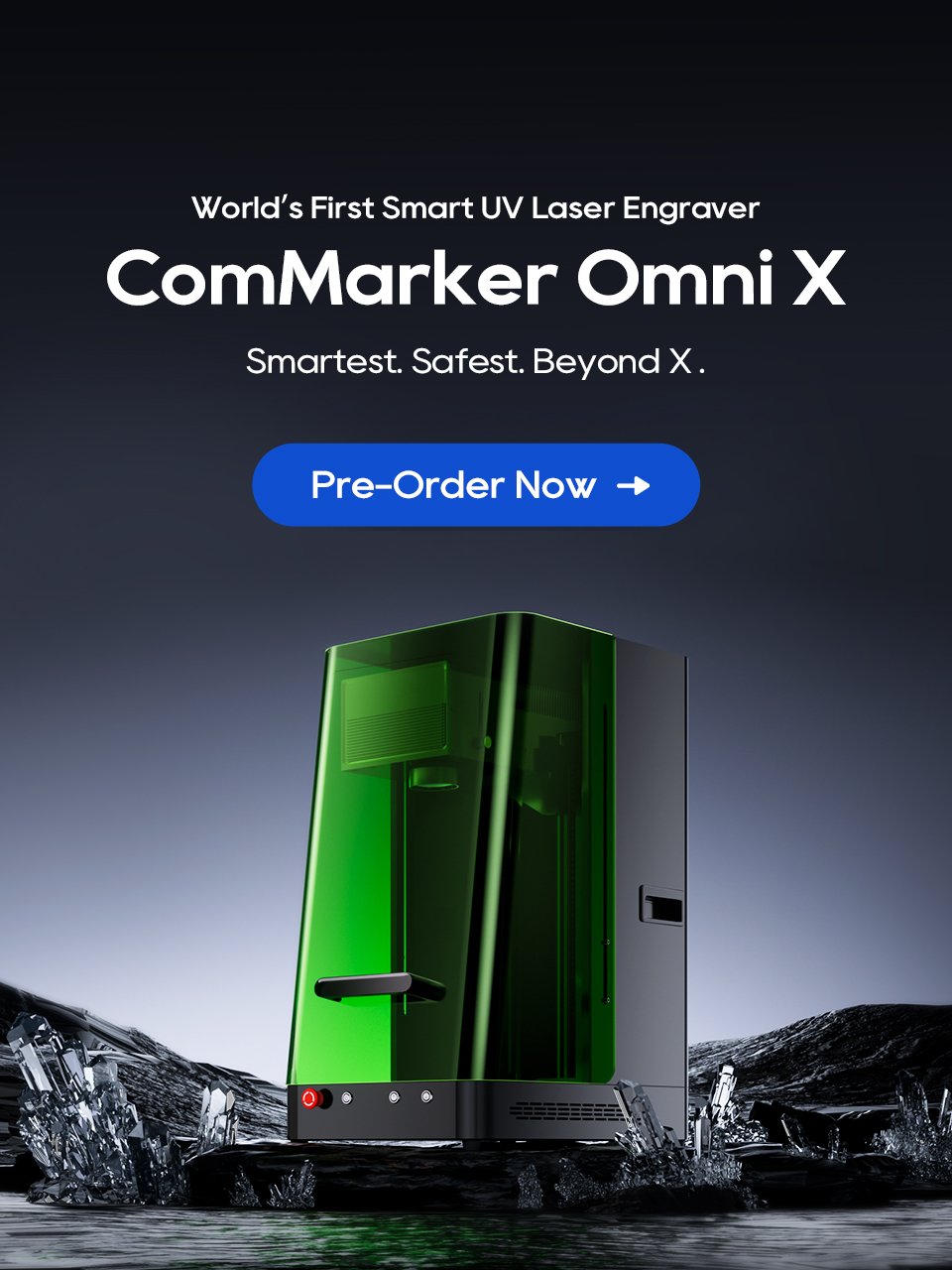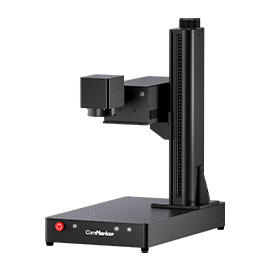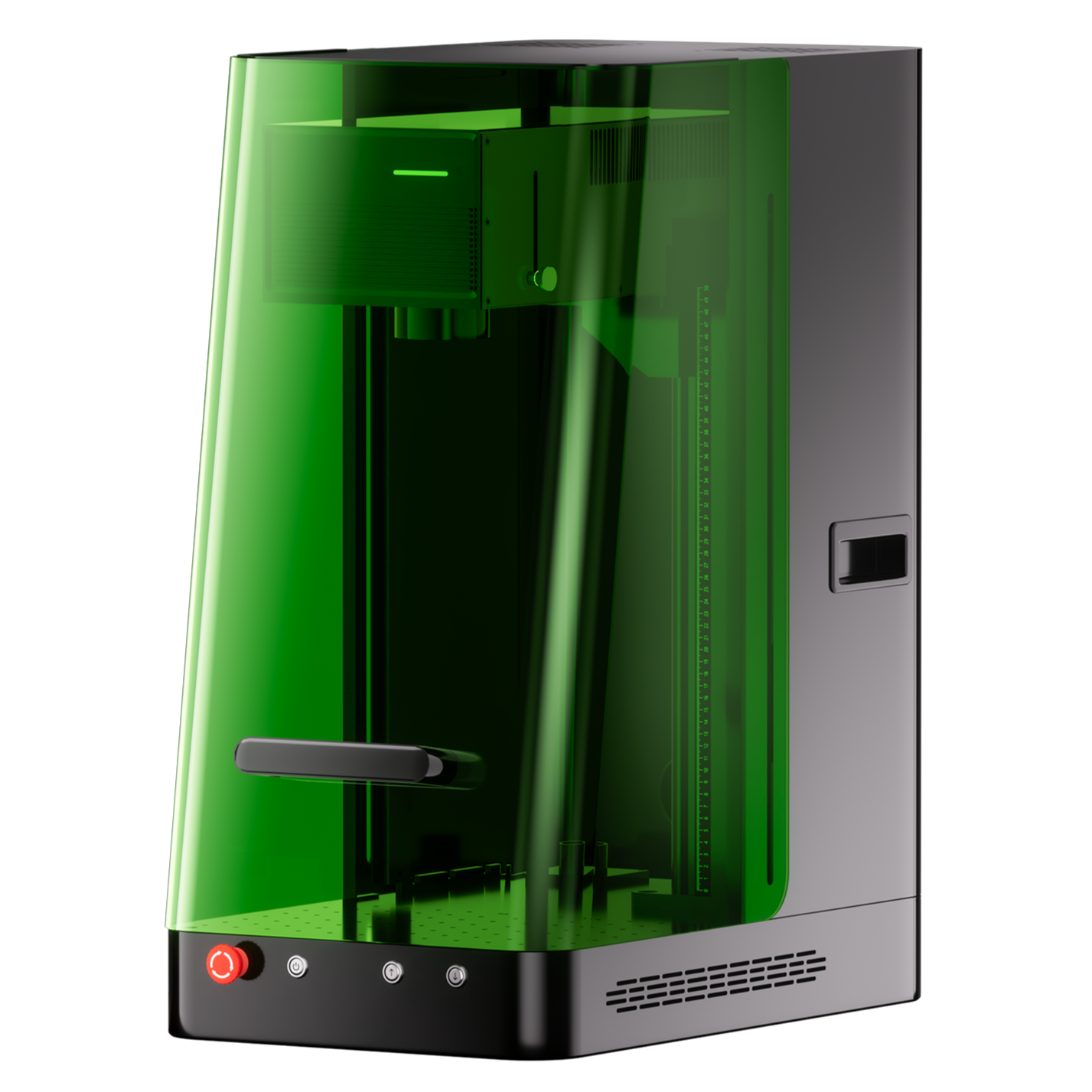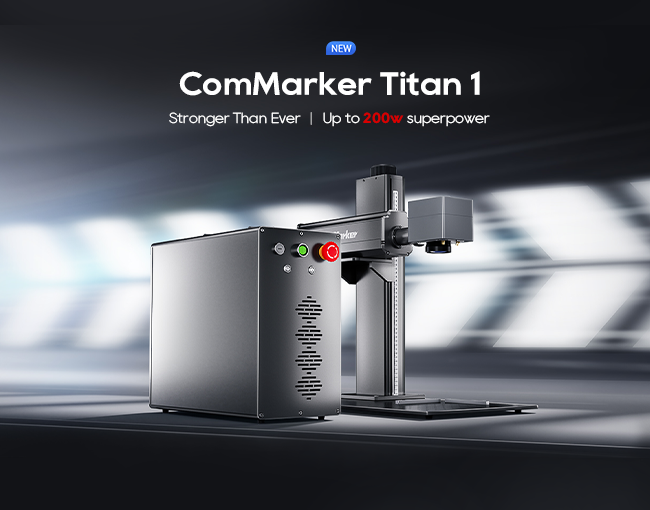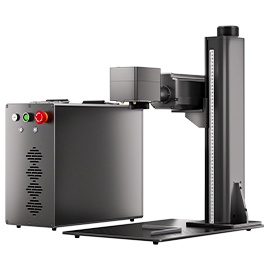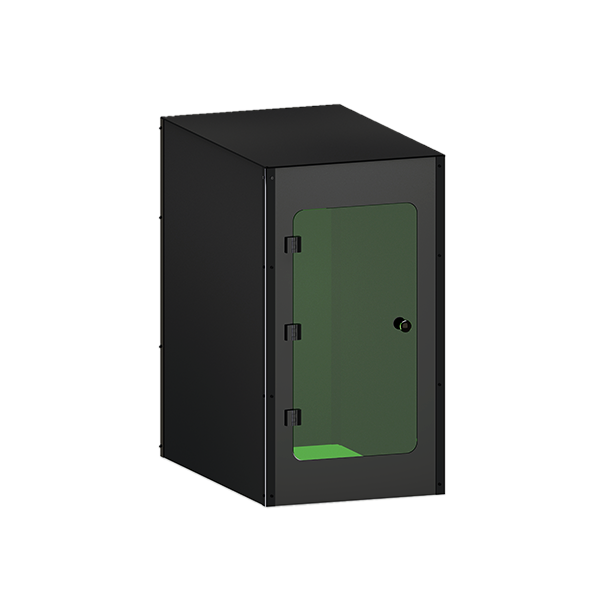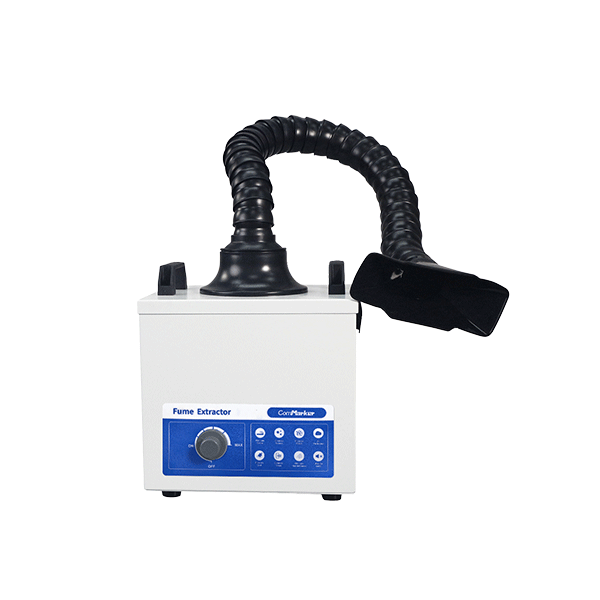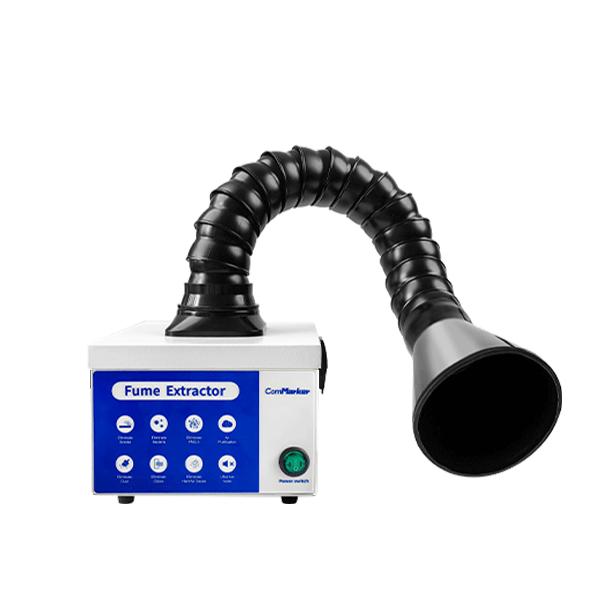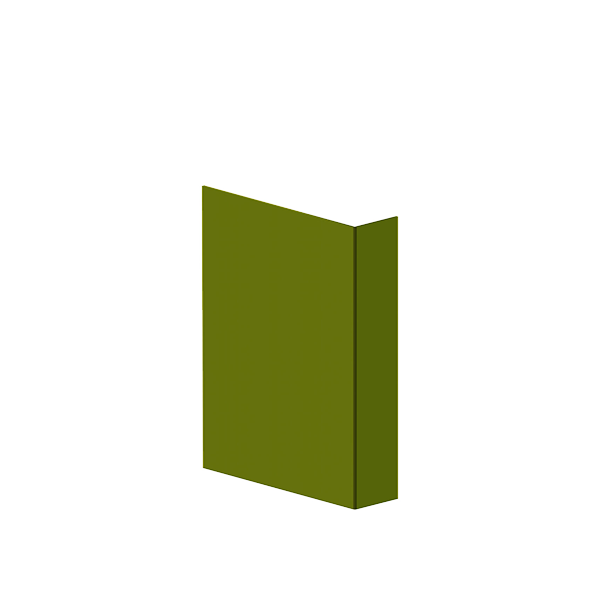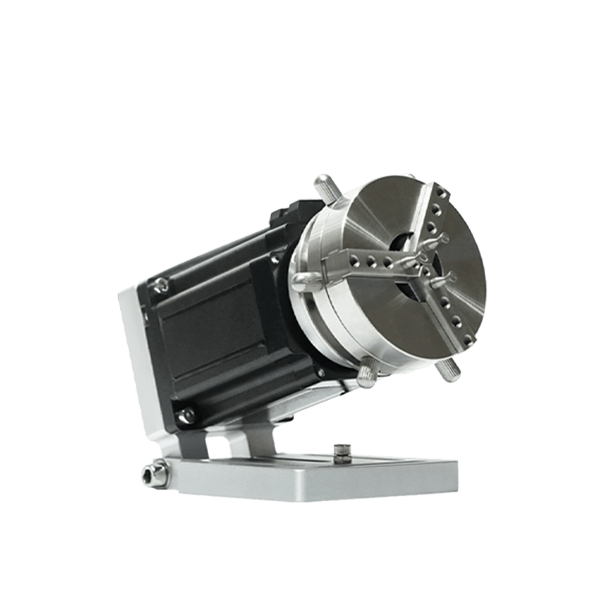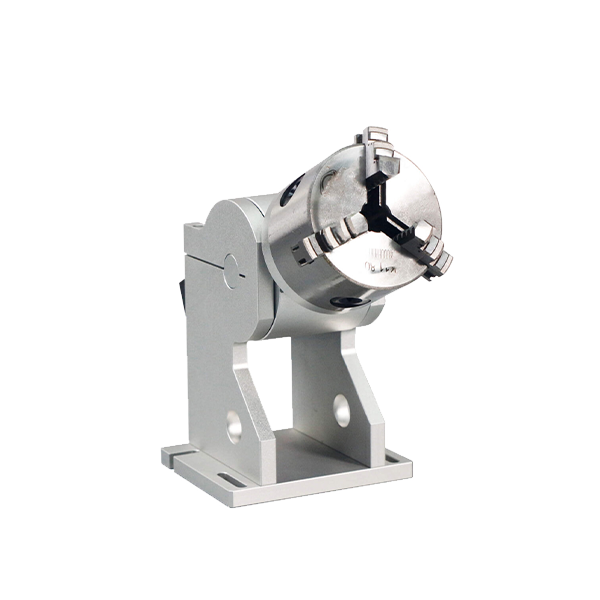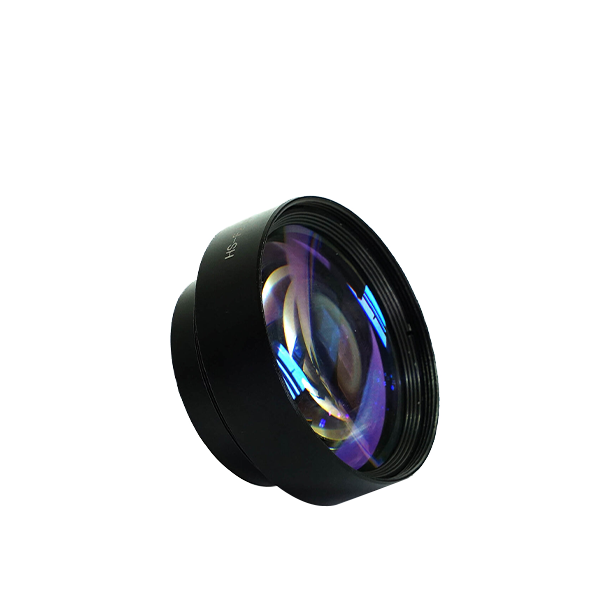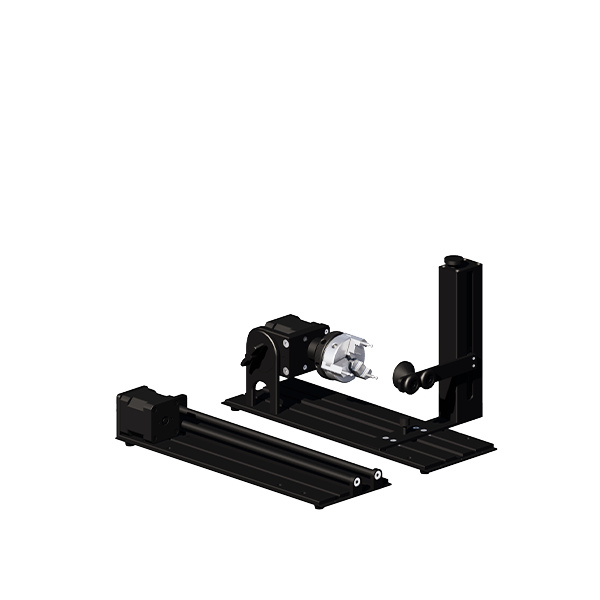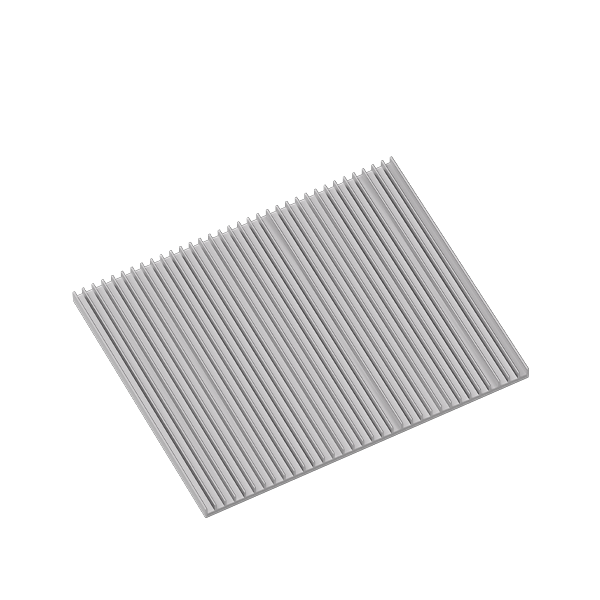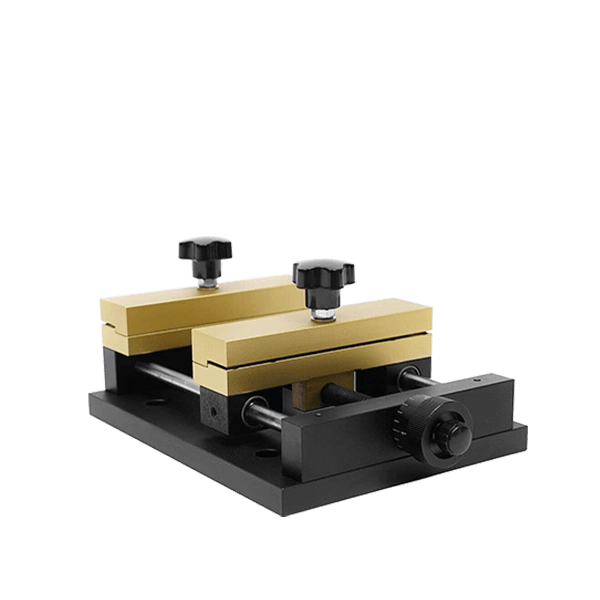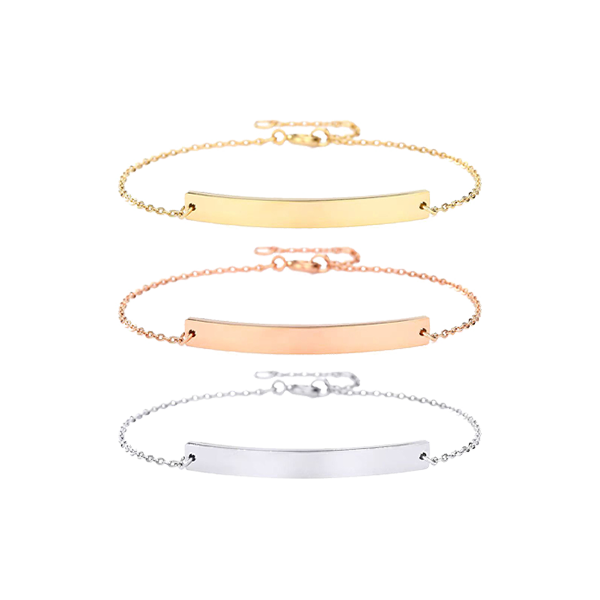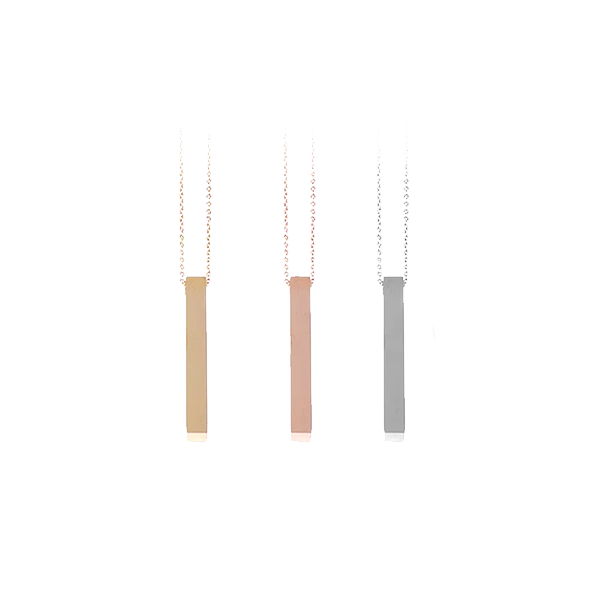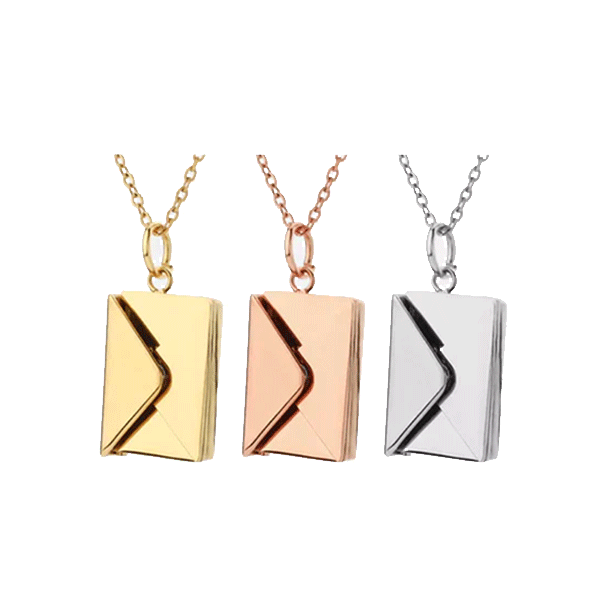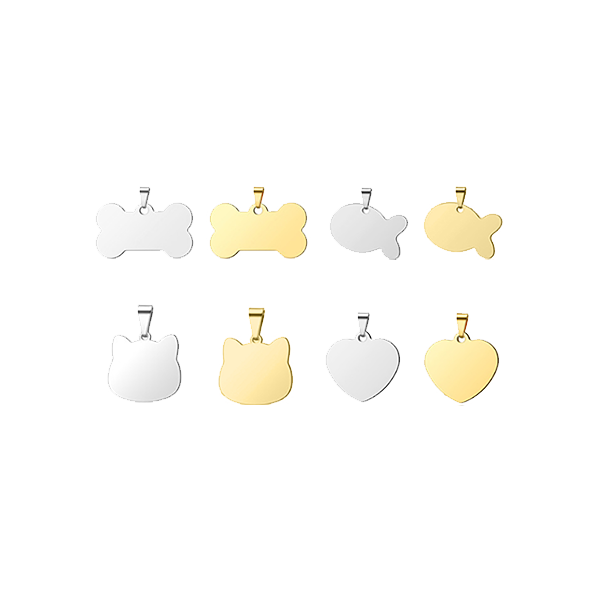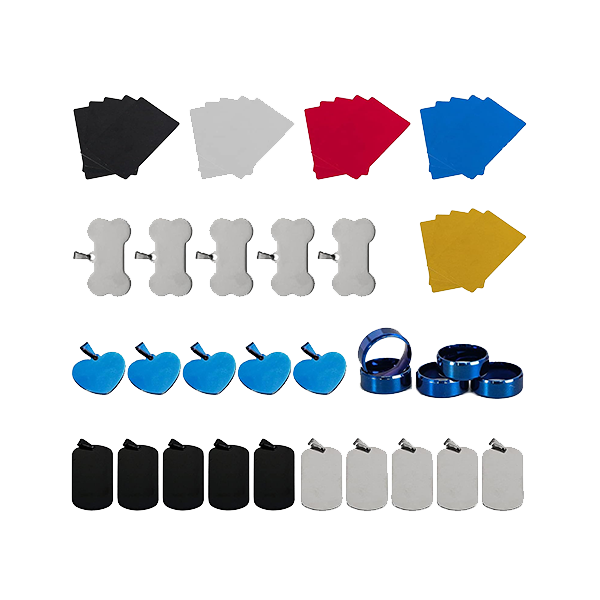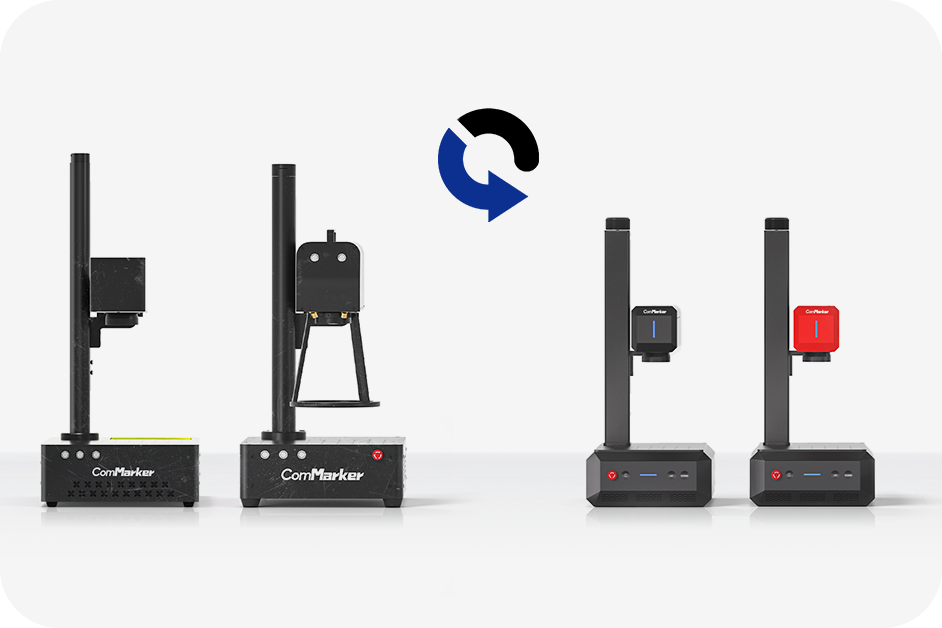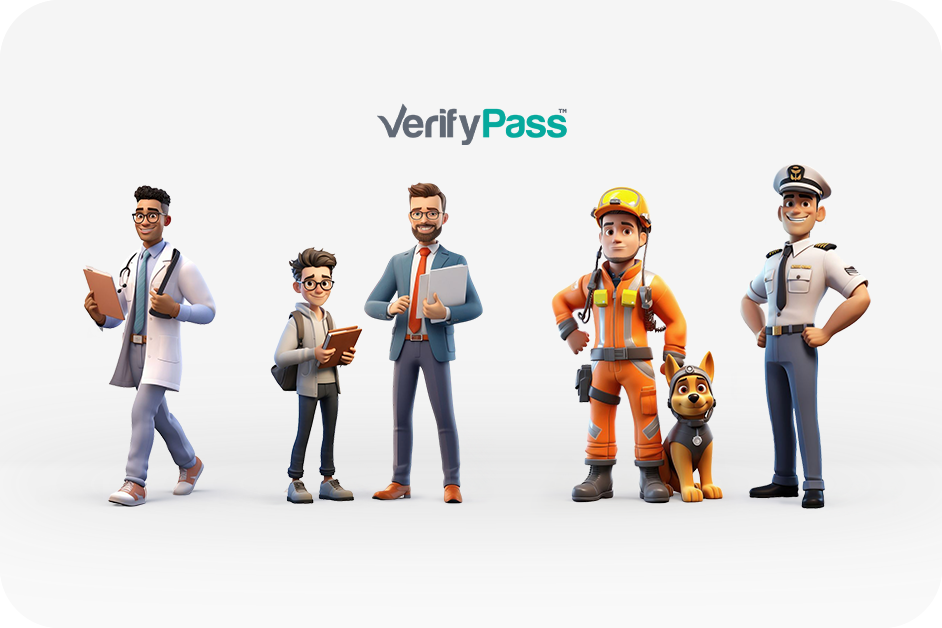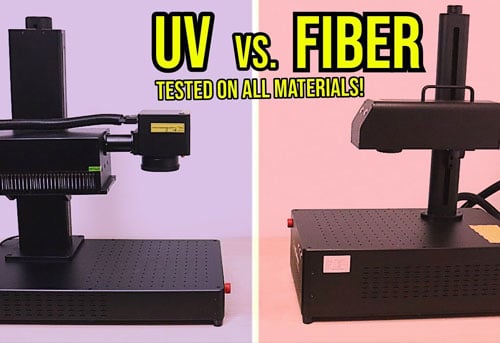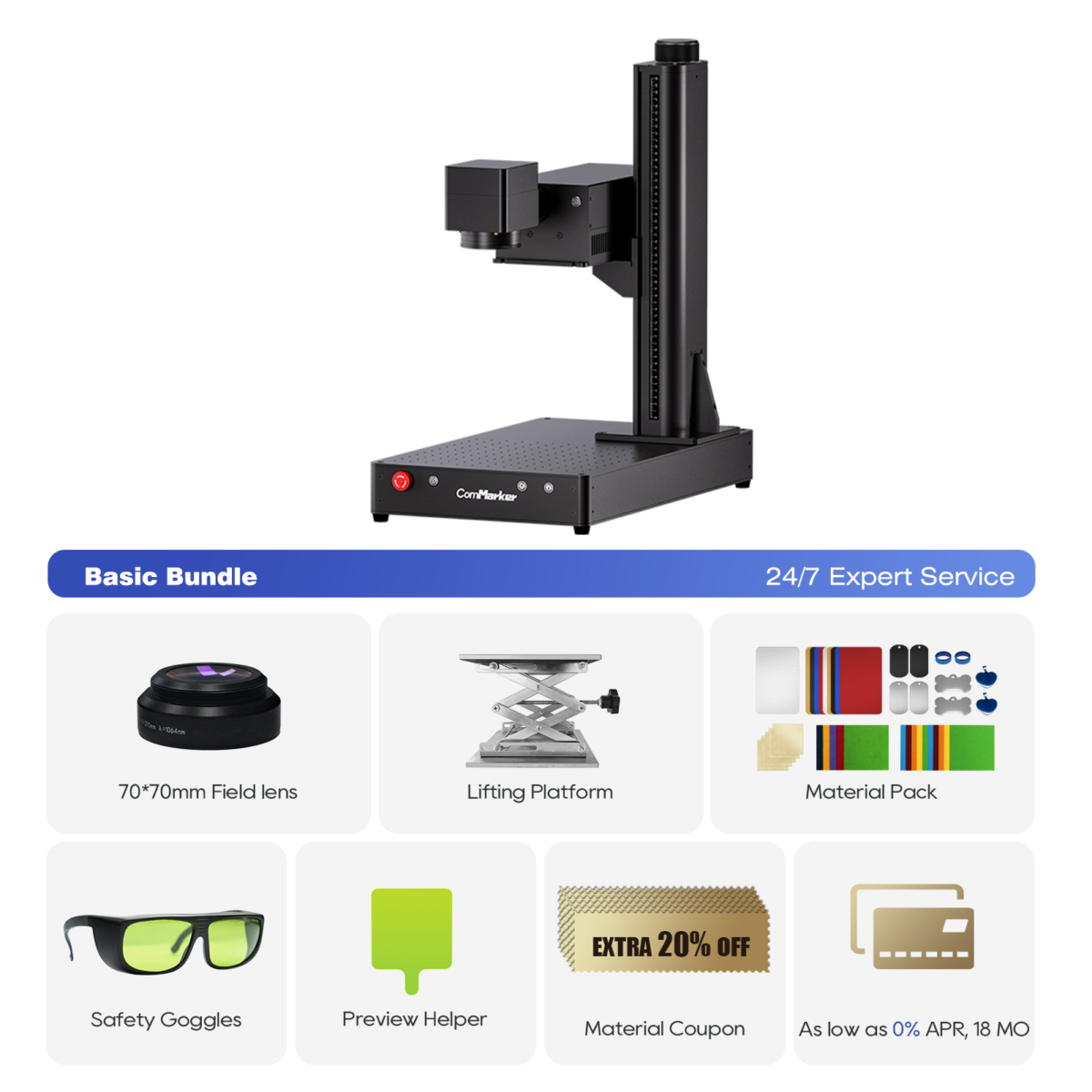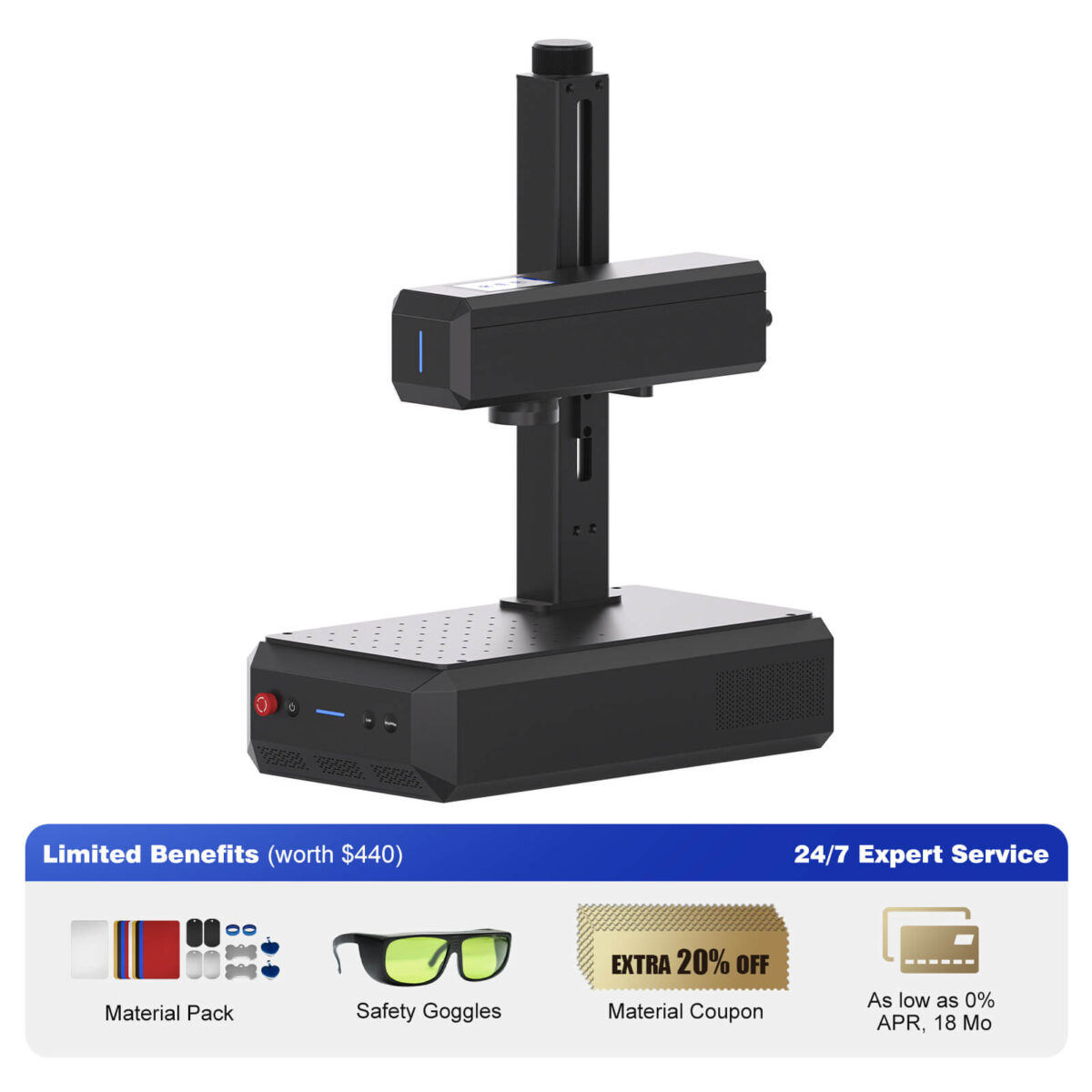Denken Sie daran, einen Laserstecher zu kaufen, aber nicht sicher, welcher Typ Ihren Bedürfnissen am besten entspricht? Du bist nicht allein. Many makers, Bastler, and small business owners face this question when deciding between a UV laser engraver and a fiber laser engraver.
In this hands-on comparison, I tested both types of laser engravers on a wide range of materials—metal, Kunststoffe, Glas, Stein, Holz, textiles—and logged the real-world differences. If you want to understand what a UV laser can do that a fiber laser can’t (und umgekehrt), keep reading.
What’s the Real Difference Between a UV and a Fiber Laser Engraver?
Both UV and fiber laser engravers use high-speed galvo systems to create precise marks. But the laser wavelength is where things get interesting:
- Faserlaser operate in the infrared spectrum, relying on heat. They’re ideal for deep metal engravings and rust removal but can damage sensitive materials.
- UV-Lasergravierer verwenden ultraviolet light that reacts photochemically—so instead of burning, they mark by breaking molecular bonds. This allows them to engrave delicate materials like glass, Plastik, or textiles without cracking, verziehen, oder brennend.
If your projects include a variety of materials beyond just metal, this difference matters a lot.
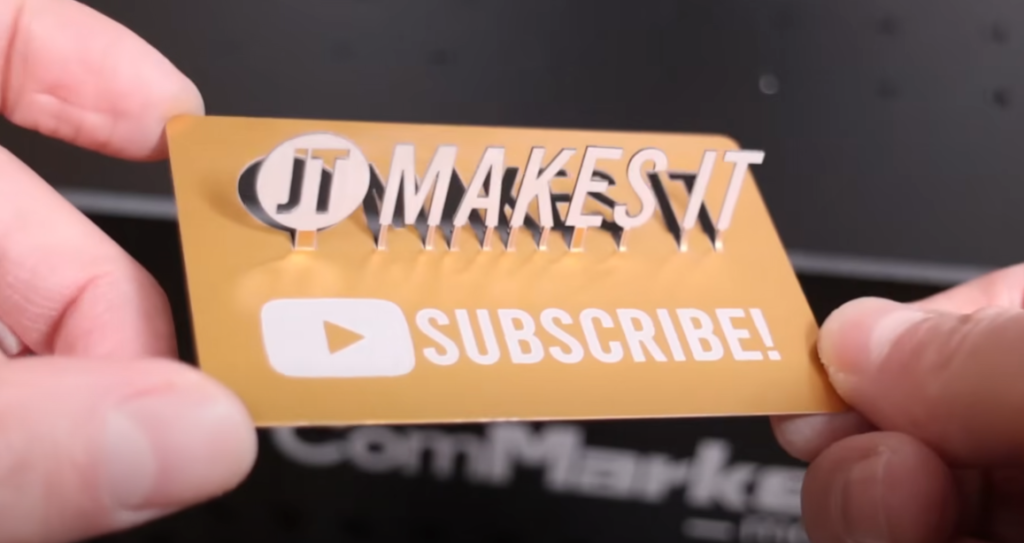
Laser Engraver Showdown: Head-to-Head Testing by Material
Engraving Metal Business Cards
Faserlaser: Tief, high-contrast, schnell. Great for production.
UV-Laser: Crisp but shallow engraving, not suited for cutting.
Urteil: Fiber laser engraver wins for metal card production.

Raw Metals – Aluminum, Messing, Kupfer, Edelstahl
Faserlaser: Excels across all types—deep engraving, 3D effects, even color (if you’re using a MOPA fiber laser).
UV-Laser: Can engrave, but marks are shallower and fewer visual effects.
Urteil: For industrial-level durability or color effects, fiber is unmatched.

Kunststoffe und Acryl
UV-Laser: This is where it shines. Whether it’s black, klar, farbig, or even transparent acrylic—UV delivers precise, sauber, high-contrast results without melting.
Faserlaser: Works well on some plastics but tends to burn or melt the surface. Not reliable across all materials.
Urteil: Laser engraver for plastic? UV is the clear winner.

Glass Engraving and Cutting
UV-Laser: Engraves cleanly with a frosted effect, no cracking. Can even do subsurface engraving and cut thin glass—perfect for custom glassware or awards.
Faserlaser: Simply can’t engrave glass without a workaround (z.B. marking spray or tape), and results are usually poor.
Urteil: If you want to do Glasgravur, a UV laser engraver is the only real choice.

Engraving Wood
UV-Laser: Precise and clean engravings with no smoke stains. Ideal for fine detail work like signs or jewelry boxes.
Faserlaser: Struggles. Most fiber engravers won’t even leave a mark on wood.
Urteil: Verwenden Sie a UV laser engraver for wood, especially if contrast isn’t your top priority.

Engraving Textiles & Leder
UV-Laser: Ablates the surface dye, leaving soft fabrics intact. Works great on denim, Polyester, and even microfiber towels.
Faserlaser: May not mark at all, or might melt/burn the fabric.
Urteil: UV is best for engraving textiles and gives better results on leather too—no burn marks.

Engraving Stone
Faserlaser: Can go deep and fast—good for awards, stone coasters, usw.
UV-Laser: Can engrave some types, but marks are shallower and less consistent.
Urteil: Fiber laser is better for engraving on stone unless extreme detail is required.
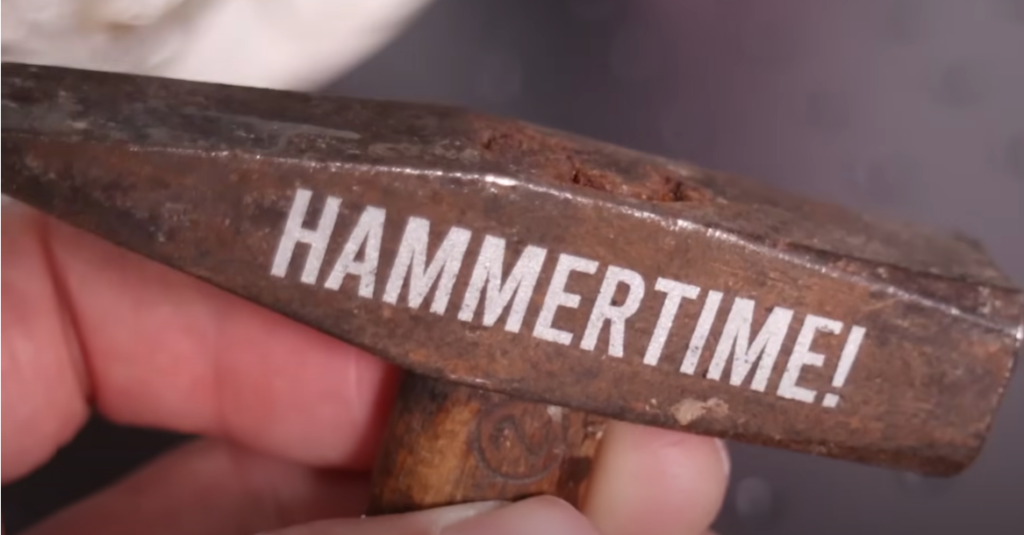
Specialty Use Cases
- Rust Removal: Fiber laser wins hands down.
- PCB Prototyping: Fiber laser’s precision and power make it ideal for etching and drilling copper.
- Rubber Stamp Making: UV laser offers cleaner results with crisp detail.
- Engraving Ceramic Cups: UV laser removes paint cleanly with no charring.
- Engraving Cardboard or Leaves: UV laser handles these fragile materials effortlessly.
Welchen Lasergravierer sollten Sie wählen??
Still wondering what the best laser engraver is for your DIY workshop or small business? Here’s a quick summary based on use case:
ComMarker Omni 1 Lasergravierer
Laser der nächsten Generation zur Freischaltung aller Materialien. ZeroBurn™-Graviertechnologie Weltweit erster 16K-HD-Lasergravierer 10.000 mm/s SpeedMax™-Graviersystem Entriegeln Sie alle Materialien mit UV-Laser ColdFront™-Thermotechnologie Elektrisches Heben mit 2 Optionale Objektive, die mit EZCAD und dem LightBurn 360°-Rotationsgravursystem kompatibel sind
Choose a UV-Lasergravierer if you:
- Want to engrave plastic, Acryl, oder Glas
- Work with delicate or colored materials
- Need precision and detail without heat damage
- Want to engrave fabric, Leder, or wood with clean lines
- Are making custom gifts, Kunsthandwerk, or art pieces
ComMarker B6 Faserlasergravierer
Laser überall. Präzise und dennoch intelligent. Rekordverdächtige kompakte Größe, 2-in-1-Design, Autofokus-Technologie, 15.000 mm/s SpeedMax™-Gravur, 8K-HD-Genauigkeit, intelligenter LED-Touchscreen, ColdFront™-Wärmetechnologie der Klasse 1 Sicherheitslasermaschine
Choose a Faserlasergravierer if you:
- Focus mainly on metals (insbesondere Edelstahl, Messing, or copper)
- Need deep, langlebige Gravuren
- Want color marking on stainless steel (MOPA only)
- Need to remove rust or etch PCBs
- Value speed and power for high-volume production
Choosing the Right Laser Engraver for Your Projects
There is no universal “best” laser engraver—it comes down to your materials, projects, and business goals.
Für mich, running both a UV and fiber laser engraver side-by-side lets me cover everything from custom tumblers and cutting boards to serial-coded metal parts and glass ornaments.
If you’re just starting out and want a versatile tool for Plastik, Glas, and detailed engraving, go with a UV-Lasergravierer.
If your projects demand metal engraving at production scale, A Faserlasergravierer is your best bet.




